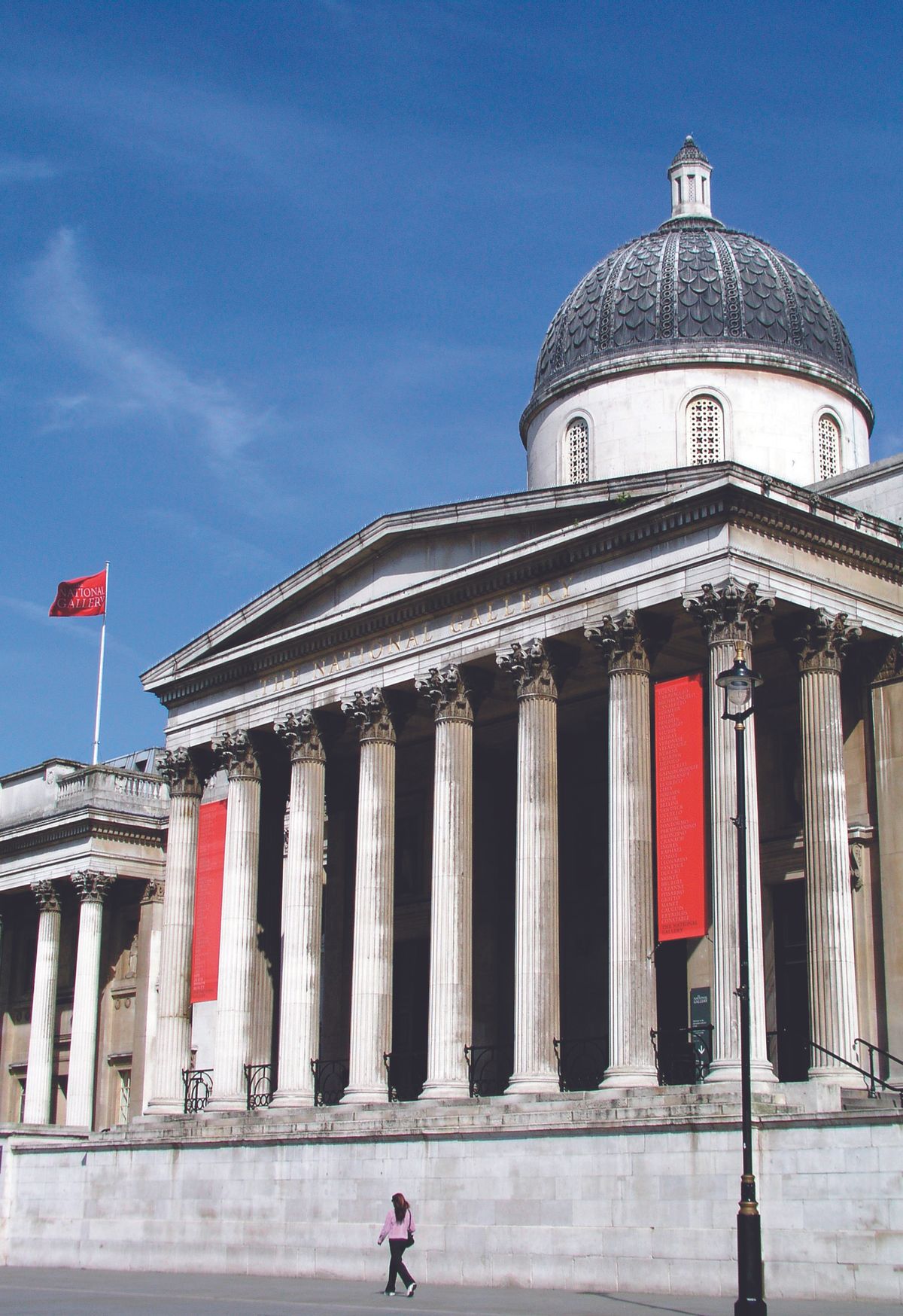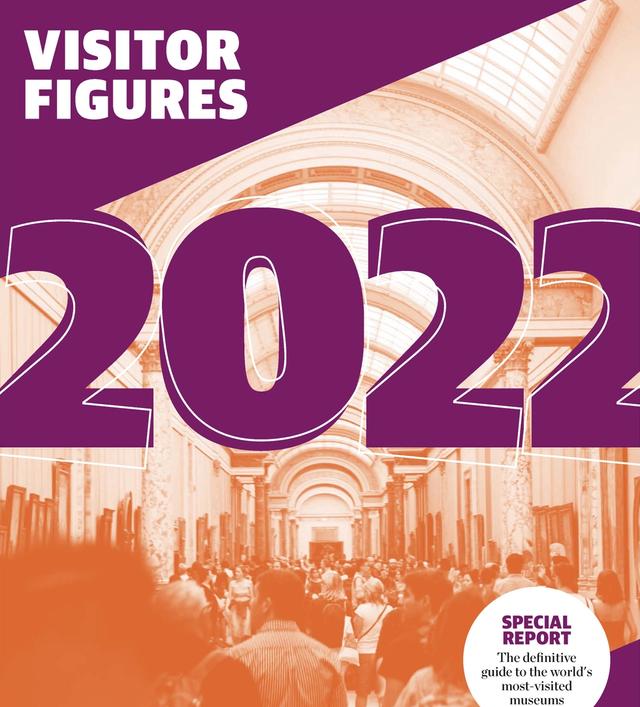Visitor figures for London’s leading museums still lag considerably behind the numbers achieved in 2019, just before the pandemic. The drop in international tourism is the major factor, with foreign tourists typically representing around half of visitors at major national museums. However, although most UK residents have resumed museum visiting, even their numbers are slightly down.
An overview is revealed by government data for all publicly funded museums in England, which are mainly in London. In the first nine months of 2022, there were 23.2 million visits, down 40% on the same period in 2019.
Although the permanent collections of publicly funded museums are normally free to visit, their finances are nevertheless dependent on buoyant visitor figures: for shop and catering income, and ticket sales for temporary exhibitions.
Improvement
Analysing the 2022 data, there were, as would be expected, clear signs of improvement as the year progressed and the pandemic continued to recede. In the first quarter, the fall was 54%, but in the second and third quarters the drop improved to 36% and then 33%.
The National Gallery is facing the slowest recovery. Last year it had 2.7 million visitors, down 55% on its 2019 figure of 6 million. It has thus lost almost 3.3 million visitors, more than any other museum in our survey. This may come as a surprise since in 2022 it mounted two very well received exhibitions: Raphael and Lucian Freud: New Perspectives.
“Domestic numbers are close to recovery”
A National Gallery spokesperson says that “the reduction of international tourism has been a key factor in our reduced visitor numbers”. It is among the London museums that are most dependent on foreign visitors, who just before the pandemic amounted to 66% of their total. The spokesperson adds that “domestic numbers are close to recovery” compared with 2019.
British Museum
The British Museum provides an interesting comparison, since it was almost equally dependent on tourism (64% of visitors just before the pandemic). Last year it had 4.1 million visitors, down 34% from 6.2 million in 2019, so it has recovered significantly faster than the National Gallery.
A British Museum spokesperson attributes the reduction to several factors. The museum has been particularly hit by fewer visitors from China. Extreme weather in 2022—a cold winter and then a hot summer—discouraged visitors, as did a series of transport strikes. Also the Omicron Covid-19 variant made some people wary about venturing to the museum.

Cornelia Parker’s Cold Dark Matter: An Exploded View (1991), part of a retrospective at Tate Britain last year; the gallery’s visitor numbers in 2022 were about half those in 2019
Photo: Oliver Cowling, © Tate
Tate and V&A
Tate Modern, which in the years just before the pandemic jostled with the British Museum as the UK’s most popular, saw its numbers fall to 3.9 million last year, down 36% from 6.1 million in 2019. Tate Britain did significantly worse, despite being less reliant on international tourists before the pandemic, with 913,000, down 49% from 1.8 million in 2019. A Tate spokesperson says: “It will take time for domestic and international tourism to recover, but we have seen very strong attendance from local audiences.”
The Victoria and Albert Museum (V&A) had 2.4 million visitors at its main site in South Kensington, down 40% from 3.9 million in 2019. A V&A spokesperson points out that “international visits were down, with inbound tourism to London still some way from pre-pandemic levels, and travel restrictions still in place for some countries”. There was also less domestic tourism last summer as “people took advantage of the easing of UK travel restrictions” to go abroad. Until last April the V&A was closed on Mondays and Tuesdays (the other surveyed museums were all open daily), which presumably led to fewer visitors in the first few months of 2022.
Recovery on the way?
All the major London museums in our survey cited the fall in international tourism as a significant factor in a slow post-pandemic recovery. The National Gallery and the British Museum previously depended on tourists for around two thirds of their visitors, the V&A for around 38% and the two London Tates came between these figures.
So what are the prospects for this year? The official Visit Britain organisation now predicts that the UK will welcome 35.1 million visitors in 2023, down 14% from 40.9 million in 2019. Visitors from Europe have largely returned, and tourism from North America is doing reasonably well, but numbers from East Asia, and particularly China, are still substantially down.
Visit Britain stresses that its 35.1 million figure was arrived at by balancing a number of factors. “There will be a minority of travellers who will remain nervous about Covid and will be deterred, but many are keen to travel again; cost of living pressures will inhibit travel for some but most regular/occasional international travellers will still go abroad,” a spokesperson says.
No swift recovery
The global economic situation will certainly be challenging during 2023, which is likely to act against a swift return to pre-pandemic levels of tourism.
With a reduction in outward international travel from the UK caused by the pandemic, it might have been expected that museums would have attracted more local visitors last year than in 2019, but this has generally not been the case. Since the pandemic, the British have been more inclined to visit outdoor attractions. And with international travel becoming easier, there is pent-up demand for foreign holidays.
The concern now for museums is that they are being hit by the various problems facing the British economy: very high inflation, rising energy prices and a threatened recession. Although most major museums have free entry for their permanent collections and it might be thought they would benefit from less spending capacity, the cost of local travel to museums, and refreshments when there, is a discouragement to make a visit when times are hard.
“Instead of going back to business as usual, we are making the most of this opportunity to deepen visitor engagement”
With reduced visitor numbers, there is a temptation for museums to suggest that this is not quite as important a criteria of success as had previously been regarded. As a Tate spokesman explains: “Instead of going back to business as usual, we are now developing more environmentally and financially sustainable ways of working—as well as making the most of this opportunity to deepen visitor engagement.”
NPG
The one museum that should do better than before the pandemic is the National Portrait Gallery (NPG), which had planned to close in June 2020 for a major refurbishment. This closure had to be brought forward because of the pandemic, so it has been shut since March 2020 and is now due to reopen on 22 June.
Before the pandemic, in 2019, the National Portrait Gallery had 1.6 million visitors (down from highs of more than 2 million visitors a year between 2012 and 2015). With the fanfare of the coming opening, and pent-up demand to see the collection, there is a good chance that the NPG will surpass 2 million visitors in its first 12 months. The gallery is therefore likely to be the first major UK museum to see its visitor numbers exceed those from before the pandemic.



